Day :
- Orthodontics| Endodontics | Dental and Oral Health | Oral and Maxillofacial Surgery | Laser Dentistry
Location: Budapest, Hungary
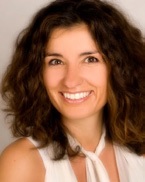
Chair
Eleni Stil
CEO, Style for your smile, Germany

Co-Chair
Randa Zein
Laser dentistry, University of Genoa, Italy
Session Introduction
Altukroni Abdulbadea Abdulrahman M
Ministry of Health in Kingdom of Saudi Arabia, Saudi Arabia
Title: Ultrasonic Excavator. It will be easily to penetrate, remove in caries and defective dentine which decrease traumatic injury through connecting ultrasonic wave to excavator tip
Time : 10:15-10:45

Biography:
Abstract:
Dina Ahmed Ali Morsy
Cairo University, Egypt
Title: A Recent Approach For Treatment Of Chronic Periapical Lesions Treated With Diode Laser
Time : 10:45-11:15
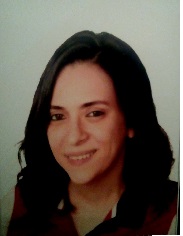
Biography:
Abstract:
Randa Zein
Laser Dentistry, University of Genoa, Italy
Title: Lecture 1: Introduction To Laser Dentistry | Lecture 2: Practical Use Of Laser In Every Day Dentistry
Time : 13:00-14:00

Biography:
Abstract:
Magda Eline Guerrart Portugal
Universidade Federal do Parana , Brazil
Title: Xerostomia Related To Medication Use In The Elderly
Time : 14:00-14:30

Biography:
Abstract:
Dustin Pfundheller
Dental surgeon, Singapore
Title: The Skills And Knowledge Needed To Start Using Implants In Your Daily Practice
Time : 14:30-15:00

Biography:
Abstract:
Young-gun Kim
Yonsei University, Republic of Korea
Title: A Proposal For Safe And Efficient Injection Points Of Botulinum Toxin In Temporal Region For Sleep Bruxism
Time : 5:00-15:30
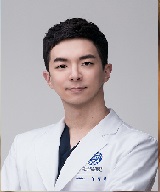
Biography:
Abstract:
Mohamed Mohsen Abielhassanan and Wagih Tarek
Cairo University, Egypt
Title: Everyday Endodontic Challenges; A Clinical Guide to deal with Broken Endodontic files, Open Apices, Calcified Canals and Missed root canals
Time : 15:30-16:00

Biography:
Abstract:
Dustin Pfundheller
Dental Surgeon, Singapore
Title: Indications And Contraindications Of Placement And Restoration Of Implants Will Be Covered
Time : 16:00-16:30

Biography:
Abstract:
Iván Porto Puerta
University of Cartagena, Colombia
Title: Oral Manifestations Generated By Inverted Smoking Habit
Time : 16:30-17:00

Biography:
Abstract:
Rachael Otukoya
University of Sheffield School of Clinical Dentistry, UK
Title: Suturing Lacerations in Accident and Emergency: An Oral and Maxillofacial Surgery Trainee Perspecive
Time : 17:00-17:30
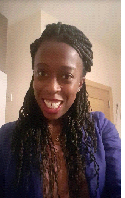
Biography:
Abstract:
- Endodontics | Oral Cancer| Oral and Maxillofacial Surgery| Dental and Oral Health
Location: Budapest, Hungary

Chair
Maria Vasilyeva
Friendship University of Russia, Russia

Co-Chair
Mohammad Ali Albakry
Najran University, KSA
Session Introduction
Ayça Dilara YILMAZ
Ankara University, Turkey
Title: Genetic Association Study Between Vitamin D Receptor Gene and Temporomandibular Disorders
Time : 10:00-10:30
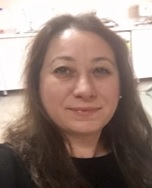
Biography:
Abstract:
Pedro Carvalho Feitosa
São Paulo University of São José dos Campos , Brazil
Title: The socket-shield technique to for Ridge Preservation at immediate implant placement
Time : 10:45-11:15

Biography:
Abstract:
Uri Zilberman
Barzilai Medical Center, Israel
Title: Esthetic restoration of missing primary centrals using glass-fibers ribbon and composite
Time : 11:15-11:45
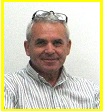
Biography:
Abstract:
Abdelhalim Faris
Mansoura University, Egypt
Title: Materials Used in CAD/CAM Fixed Prosthodontics
Time : 12:30-13:00
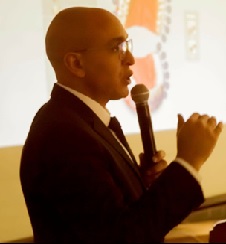
Biography:
Abdelhalim Faris is a Senior Technician, Faculty of Dentistry, Mansoura University, Egypt. He is the Founder of Elfaris Dental lab.
Abstract:
Muhammad Aamir Ghafoor Chaudhary
Riphah International University, Pakistan
Title: The Reliability of Foveae Palatinae in Determining the Location of Vibrating Line in Edentulous Patients
Time : 13:00-13:30
Biography:
Abstract:
Hatim Barrak A AlOsaimi
Prince Sattam bin Abdulaziz University "PSAU", KSA
Title: Hatim's Matrix Band
Time : 16:15-16:45

